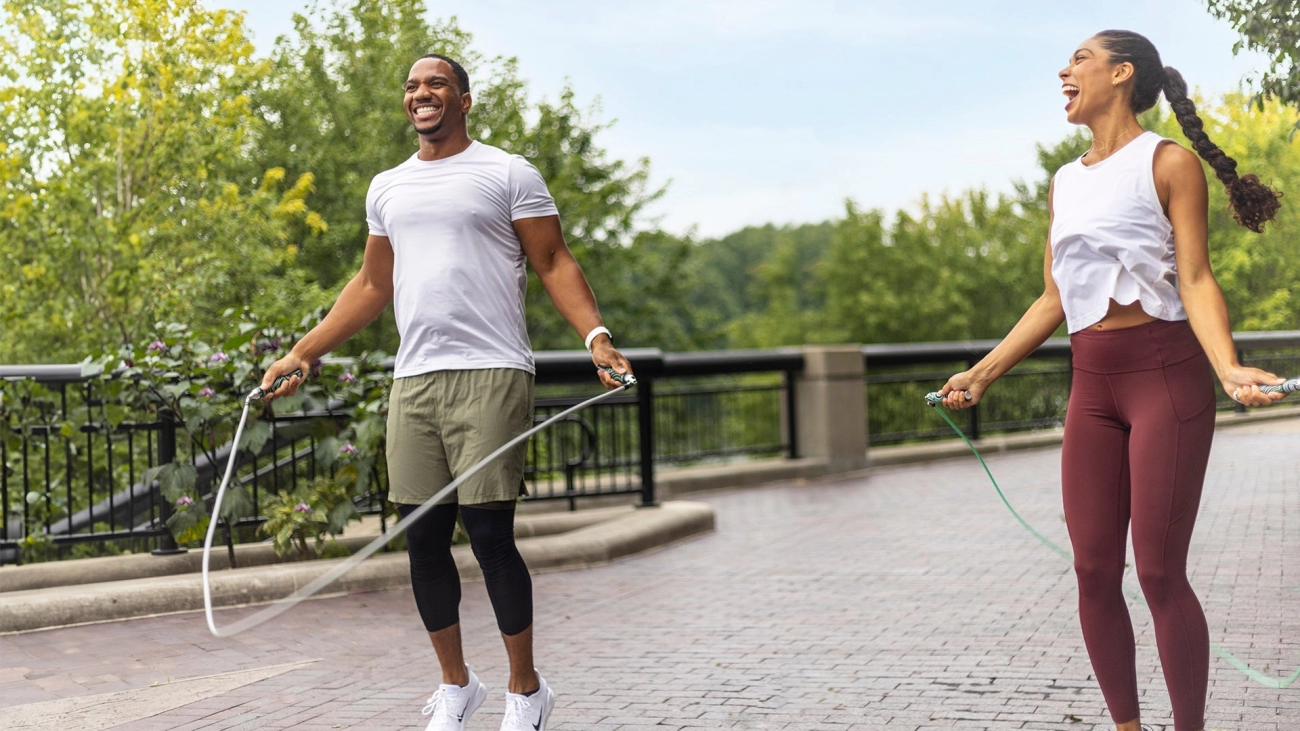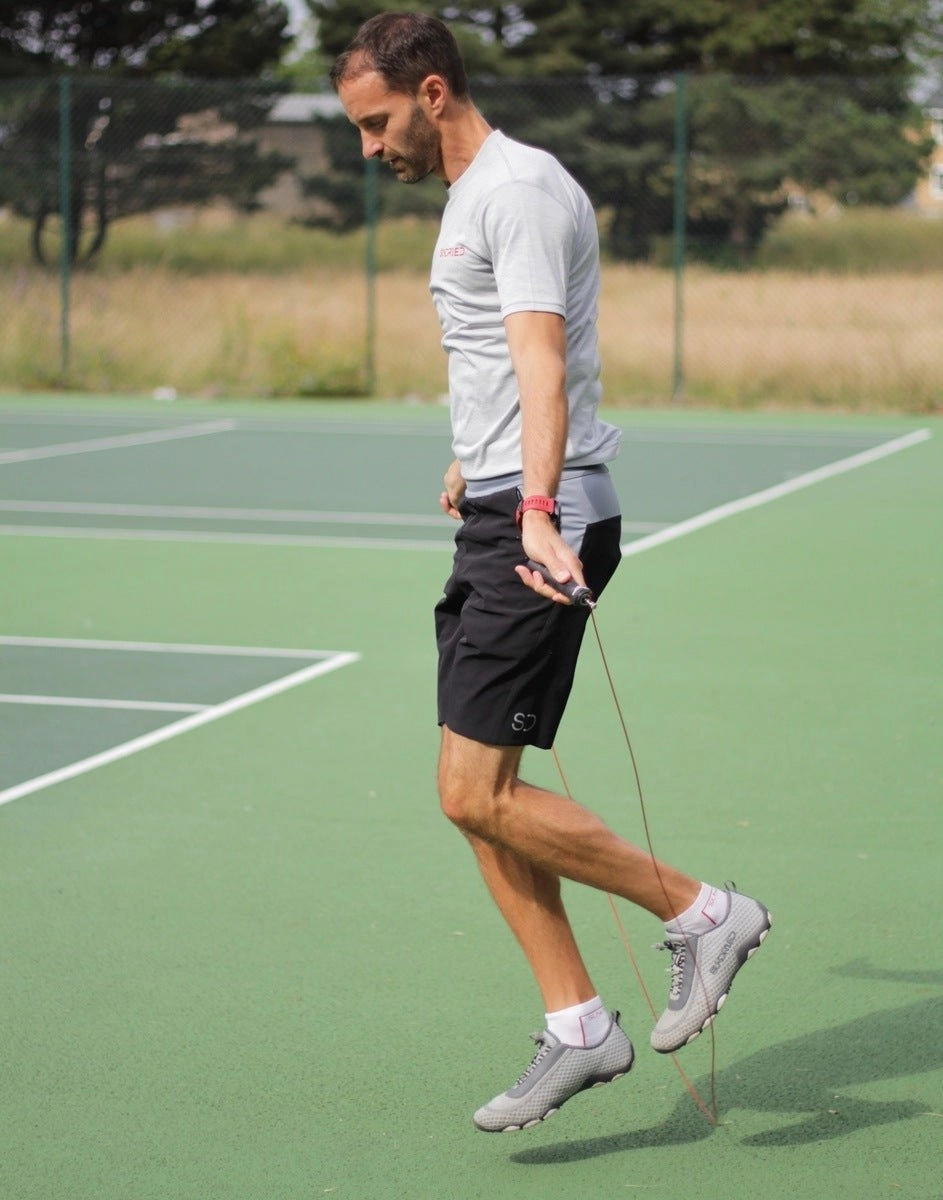Understanding the Skipping Rope Side Swing Technique
The Skipping Rope Side Swing is a jump rope move where the rope is swung sideways instead of under your feet. Unlike the basic jump rope jump that involves jumping over the rope swinging in a straight circle under your feet, the side swing requires swinging the rope out to one side and sometimes back again without jumping over it every time. This technique adds variety and complexity to your routine by integrating lateral movement and timing.
How the Side Swing Differs from Basic Jump Rope Moves
- Rope Direction: Basic moves have the rope rotating front to back under your feet. The side swing moves the rope sideways.
- Jump Timing: Side swings often involve not jumping over the rope on every rotation, creating a pause or reset in rhythm.
- Upper Body Engagement: It requires more control of wrist and arm movement to direct the rope sideways.
- Footwork Involvement: This technique encourages lateral footwork and better body coordination versus the simple up-and-down jump.
Benefits of Practicing the Side Swing
Practicing the skipping rope side swing helps enhance:
- Coordination: Improves hand-eye coordination as you time the rope swings accurately.
- Endurance: Builds cardiovascular stamina with sustained timing changes and varied movements.
- Agility: Develops lateral movement ability, which translates to better overall athleticism.
- Rhythm and Timing: Sharpens your sense of rhythm by switching between jumping and swinging.
- Upper and Lower Body Control: Engages shoulders, wrists, legs, and core for better balance and control.
Ideal Fitness Goals and Users for the Side Swing
The side swing technique is perfect for anyone looking to:
- Add variety to their jump rope workouts beyond the basic jump.
- Boost cardiovascular fitness while working on coordination and agility.
- Prepare for sports requiring quick lateral movements like basketball, tennis, or boxing.
- Develop skill-based fitness, combining cardio with motor control.
- Progress towards advanced jump rope tricks, as mastering side swings builds a foundation for crossovers and double unders.
Whether you’re a beginner ready to step up your game or an experienced jumper aiming for fluidity and speed, the side swing is a versatile technique to include in your training routine.
Prerequisites for Trying the Skipping Rope Side Swing
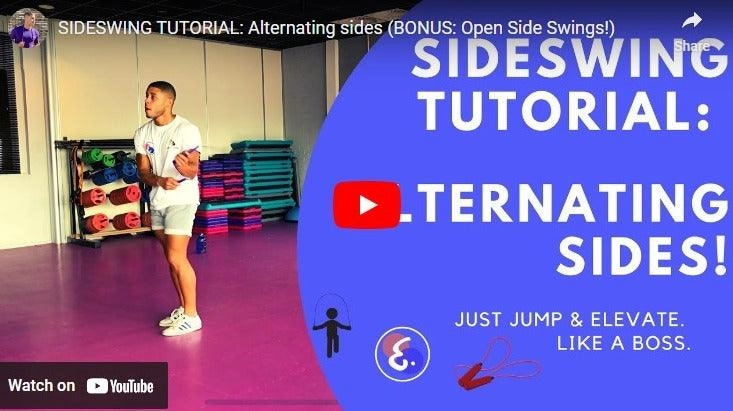
Before jumping into the side swing technique, there are some basics you should have down to make the learning curve smoother and avoid frustration.
Master Basic Jump Rope Skills First
- Single bounce jump: This is the foundation. You need to be comfortable jumping with both feet over the rope consistently without tripping.
- Rhythm and timing: Getting familiar with maintaining a steady pace helps with the coordination needed for side swings.
- Basic two-footed jumps and alternate foot steps: These moves build your balance and prepare your footwork for lateral movements.
If you’re comfortable with these basics, you’re ready to add the side swing to your routine.
Choosing the Right Skipping Rope from JumpRopeWholesale
The right rope can make a huge difference in learning side swings. For beginners and side swing practice, consider:
- Lightweight ropes: PVC ropes or beaded ropes from JumpRopeWholesale are great for speed and control.
- Proper length: The rope should be the right length based on your height – JumpRopeWholesale offers adjustable options to fit your needs.
- Good handles: Grips that are easy to hold reduce hand fatigue and improve control.
Picking gear designed for both beginners and advanced moves helps you practice longer and better.
Safety Tips and Warm-Up Exercises
Side swings require lateral motion, so warming up properly helps prevent injuries.
- Warm up ankles, calves, and wrists with circular motions and light stretches.
- Start slow: Spend 5 minutes doing basic jumps before side swinging.
- Use a flat surface with enough room to swing the rope safely.
- Wear supportive shoes to protect your feet from impact.
By mastering these prerequisites, you’ll be setting yourself up for success in learning the skipping rope side swing efficiently and safely.
Step-by-Step Tutorial for Skipping Rope Side Swing Technique
Mastering the side swing jump rope move takes practice, but breaking it down into parts makes it easier. Here’s how to nail the technique and add it smoothly into your workout.
Positioning and Stance for Optimal Performance
- Stand with feet shoulder-width apart to keep balance.
- Keep your knees soft, not locked, to absorb movement.
- Maintain an upright posture with a slight forward lean from the ankles.
- Relax your shoulders and keep your elbows close to your sides.
This stance helps you stay nimble and ready for the side swing skipping rope motion.
How to Hold Your Hands and Handle the Rope
- Hold the rope handles loosely but firmly to avoid tension.
- Keep your wrists slightly turned outward and use mostly your wrists, not your arms, to swing the rope.
- Position your hands near your hips, ready to guide the rope sideways.
This grip lets you control the rope effortlessly for smooth side swings.
Breaking Down the Side Swing Motion
- Start by turning the rope to one side instead of under your feet.
- Swing the rope next to your body in a circular motion without jumping over it.
- Use your wrists to push the rope out to the side and then back to the front.
- The rope shouldn’t touch the ground beneath you during the side swing.
Practice the side-to-side motion until it feels natural before adding jumps.
Timing and Rhythm for Side Swing Jumps
- Swing the rope to the side, then jump over it when it returns to the center.
- Focus on a steady rhythm—side swing, center jump, side swing, center jump.
- Count beats or use a slow tempo at first to build coordination.
- Keep your jumps low and quick to avoid tripping.
Proper timing is key to combining the side swing with your jumps for a smooth flow.
Coordinating Footwork with Rope Swings
- When the rope swings to one side, avoid jumping and keep your feet grounded.
- Jump only when the rope swings under you in the center.
- As your confidence grows, try shifting your weight slightly to opposite feet during the side swing.
- This foot coordination boosts agility and makes the move look seamless.
How to Incorporate the Side Swing into Your Skipping Routine
- Start by adding a few side swings between regular jumps or single bounce jumps.
- Gradually increase how many side swings you include in a set or workout.
- Mix side swings with other moves like double unders or crossovers to build variety.
- Use side swings as an active rest to keep your heart rate up but give your legs a break.
Adding the side swing to your routine not only spices things up but also builds better jump rope coordination and agility.
This step-by-step guide should help you confidently perform the jump rope side swing technique and see improvements in your skipping workouts. Keep practicing, and soon it will be a smooth, natural part of your jump rope skills.
Common Mistakes in Side Swing Skipping Rope and How to Fix Them
When learning the jump rope side swing technique, beginners often hit a few bumps. Knowing what to watch for and how to adjust can make a big difference in your progress and help you skip smarter.
Typical Errors Beginners Make with Side Swing Moves
- Poor Timing and Rhythm
Many beginners struggle to get the timing of the side swing right, which causes the rope to catch on the feet or trip the jumper. - Incorrect Rope Length or Grip
Using a rope that’s too long or too short leads to awkward swings. Holding the handles too tightly or loosely also affects control. - Improper Hand and Arm Position
Beginners often swing the rope with their whole arm or wrist instead of primarily using the forearms, making the side swing stiff or wide. - Lack of Footwork Coordination
Jumping straight up instead of incorporating subtle sideways or alternate foot movements can mess up the rhythm. - Swinging the Rope Too High or Too Fast
This can cause missed timing and unnecessary fatigue.
How to Fix Side Swing Mistakes for Better Form
- Keep Your Motion Small and Controlled
Use your forearms to swing the rope gently from the side. This keeps the movement smooth and easier to time. - Check Your Rope Length
When standing on the middle of your rope, handles should reach your armpits. This length works well for side swing moves. - Hold the Handles Firmly but Relaxed
Grip the handles with a comfortable hold—not too tight to cause tension, not too loose to lose control. - Focus on Timing the Swing with Your Jumps
Start slow and make sure the rope clears your feet during each side swing before increasing speed. - Shift Your Weight Slightly When Swinging
Small lateral movements in your feet or a slight side hop can help sync your footwork with the rope swings.
Visual Cues to Improve Side Swing Skipping
- Watch that the rope swings close to your body, not wide out to the sides.
- Your elbows should stay close to your torso—no flaring out.
- Hands stay at waist height, moving mainly side to side, avoiding big lifting motions.
- Keep your jumps low and light—no high leaps unless doing advanced tricks.
Troubleshooting Rhythm Rope Length and Grip Issues
- Rope Too Long: Causes dragging; shorten handles or buy a rope that fits your height for best side swing jumping.
- Rope Too Short: Makes swings too tight, forcing you to jump higher and lose flow.
- Grip Issues: If your wrists feel stiff or sore, try loosening your grip and relax your forearms during swings.
- Uneven Rhythm: Break down the move into slower parts—first practice swinging the rope sideways without jumping, then add small hops.
Mastering the side swing skipping rope step by step means paying attention to these common mistakes and fixing them early. This will save you frustration and help build clean, fluid technique faster.
Progression and Variations of the Side Swing Jump Rope Technique
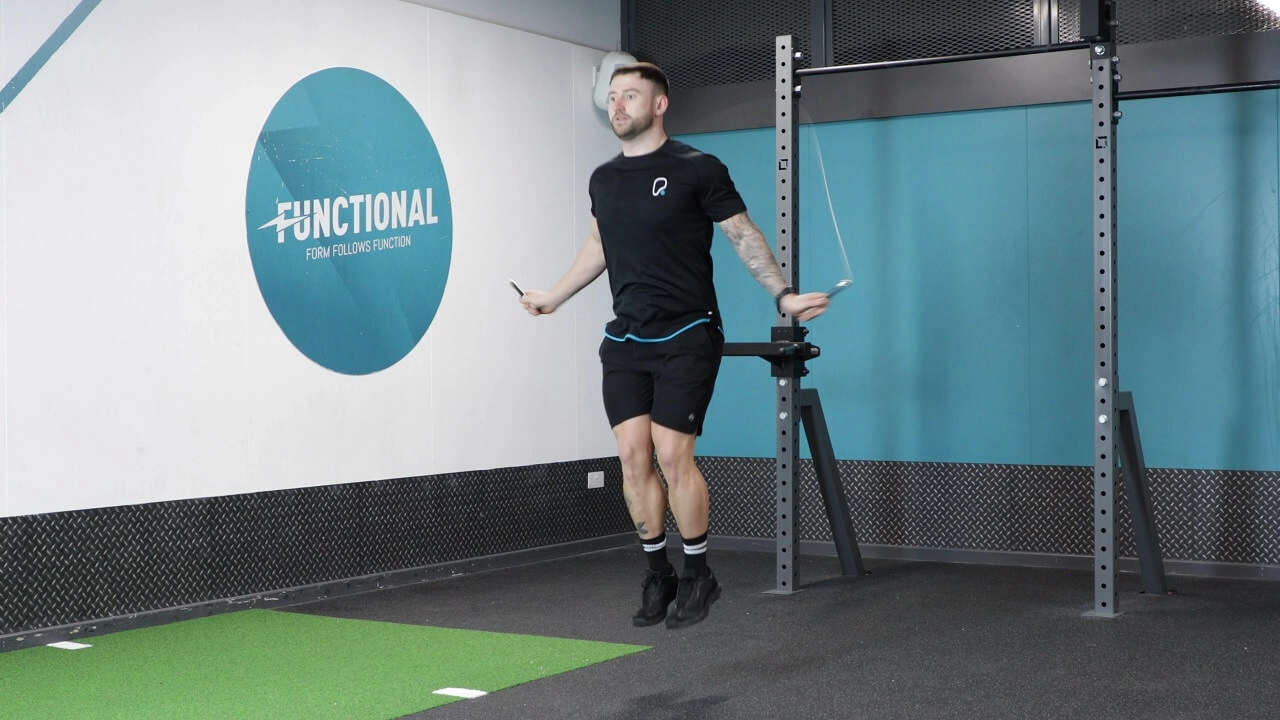
Once you’ve got the basic side swing jump rope technique down, it’s time to level up by mixing it with other moves and trying out variations. This keeps your workouts fresh and challenges your coordination, timing, and stamina in new ways.
Combining Side Swing with Other Skipping Moves
Integrating the side swing with popular jump rope tricks can boost your skills quickly. Some effective combos include:
- Double unders with side swings: Swing the rope twice under your feet during the side swing motion. This builds speed and agility.
- Crossovers and side swings: Cross your arms before performing the side swing to engage different muscles and test your timing.
- Side swing alternating with basic jumps: Switch between side swings and single bounce jumps to improve rhythm and control.
Working these combos into your routine not only improves your coordination but also makes your training versatile and fun.
Intermediate and Advanced Side Swing Variations
To push yourself even further, try these variations:
- Double side swings: Swing the rope side to side twice before jumping.
- Side swing with high knees: Add a knee lift as you jump to increase intensity and improve hip flexibility.
- Crisscross side swing: Combine the arm crossover with the side swing motion for a challenging full-body move.
These variations help build endurance and challenge your timing and footwork in new ways.
Tips for Increasing Speed and Fluidity
Speed and smoothness come with practice and attention to detail. To get faster and more fluid:
- Focus on wrist movements: Use your wrists to swing the rope, not your whole arms.
- Keep your elbows close: This reduces unnecessary arm movement and conserves energy.
- Maintain a light jump: Stay on the balls of your feet to keep your jumps quick and effortless.
- Practice consistent rhythm: Use a metronome app or count out loud to keep your swings regular.
By gradually increasing your speed and keeping your motion tight, you’ll develop a fluid side swing that’s ready for any advanced skipping routine.
Mastering these progressions and variations brings you closer to jump rope expertise, making the side swing a versatile and valuable part of your workout toolkit.
Benefits of the Side Swing for Fitness and Coordination
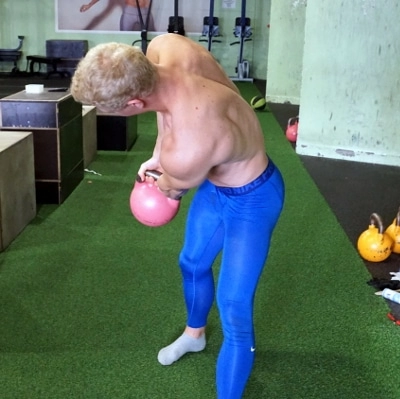
The Skipping Rope Side Swing is more than just a cool trick—it’s a powerful move that can step up your workout and coordination game. Here’s how adding the side swing technique can make a real difference.
Cardiovascular Advantages
The side swing jump rope technique keeps your heart rate up by adding variety to the classic jumping pattern. Unlike basic jumps, side swings involve more lateral movement, which challenges your body differently and boosts cardiovascular endurance. Incorporating side swings into your routine helps:
- Improve heart and lung function
- Increase calorie burn
- Support effective fat loss as part of a cardio workout
Building Better Hand-Eye Coordination and Timing
Executing the side swing requires precise hand-eye coordination to time your rope swings just right. Unlike straightforward jumps, side swings make you:
- Sync your hand movements with footwork
- Improve reaction speed
- Enhance overall timing skills beneficial for other sports or activities
This makes side swing skipping rope workouts ideal if you’re aiming to hone coordination while getting fit.
Enhancing Footwork Agility
Foot placement is key in the side swing move. Practicing this technique trains your legs to move quickly and smoothly, boosting footwork agility. This helps with:
- Faster directional changes
- Better balance and stability
- Reduced injury risk thanks to improved lower body control
Athletes and fitness enthusiasts will find side swings especially helpful when agility and quick reflexes matter.
Versatility in Cardio and Skill Training
The side swing adds depth to your jumping rope regimen by combining cardio with skill-building. It’s a versatile move that fits well into:
- Warm-ups or cool-downs
- Interval training sessions
- Trick progression routines
Because it’s easy to modify the speed and complexity, the side swing adapts to both beginners and advanced jumpers aiming to improve endurance and rope skills simultaneously.
By practicing the side swing regularly, you develop a well-rounded workout that improves heart health, sharpens coordination, and builds agility—all while keeping your skipping sessions fresh and engaging. If you want a jump rope move that delivers cardio benefits along with skill gains, the side swing is a smart addition.
Choosing the Best Skipping Rope for Side Swing Training
Picking the right rope for side swing training is crucial to improve your technique and avoid frustration. The type, weight, and length of the rope all play a big role in how well you perform this jump rope side swing technique.
Rope Type and Weight Matter
For side swings, a rope that’s lightweight yet durable works best. It allows faster side-to-side swings without tiring your wrists too quickly. PVC ropes or beaded jump ropes are popular choices because they balance speed and control well. Heavier ropes, like weighted skipping ropes, add resistance but can slow you down, so they’re better for strength building rather than quick side swings.
Get the Right Rope Length
Using a rope that’s too long or short disrupts your rhythm and form. The ideal length depends on your height—generally, when you stand in the middle of the rope, the handles should reach your armpits. If you want help choosing the perfect length, check out guides like How Long Should a Skipping Rope Be for detailed tips.
JumpRopeWholesale’s Range for Side Swing and Advanced Tricks
JumpRopeWholesale offers a variety of top-quality ropes suited for side swing training:
- PVC Plastic Skipping Rope – Lightweight and smooth, great for speed and side swings.
- Beaded Jump Ropes – Provide good feedback for timing and coordination.
- Heavy Skipping Rope – Perfect if you want to combine side swings with strength work.
- Luminous Skipping Rope – Ideal for training in low-light conditions and adds a fun twist.
Each of these ropes supports different skill levels and training goals, whether you’re just learning side swings or moving on to advanced combos like double unders and crossovers.
Maintaining Your Skipping Rope for Longevity
Proper care keeps your rope in top shape and ready for smooth side swing moves:
- Store your rope properly by hanging or loosely coiling it to avoid kinks.
- Keep it clean by wiping down handles and rope after use, especially if you train outdoors or sweat a lot.
- Avoid rough surfaces that can fray or damage the rope quickly. Concrete and asphalt are no friends to your rope’s lifespan.
- Regularly check for wear and tear, especially on the rope near the handles, to prevent unexpected breaks.
For a reliable, long-lasting skipping rope that enhances your side swing practice and overall jump rope workouts, browsing JumpRopeWholesale’s products is a smart move. You can explore options like the PVC Plastic Skipping Rope that fit every stage of your training.
By choosing the right rope and caring for it properly, you’ll build better coordination, improve timing, and enjoy smoother, more effective side swings every session.
Frequently Asked Questions About Skipping Rope Side Swing Technique
How Long Does It Take to Master the Side Swing
Mastering the Side Swing skipping rope technique varies by individual, but typically:
- Most beginners see solid progress in 2 to 4 weeks with consistent practice.
- Regular sessions of 10 to 15 minutes daily can speed up learning.
- Patience matters; the Side Swing requires coordination and rhythm that develop over time.
Can Beginners Learn the Side Swing Easily
Yes, beginners can learn the Side Swing, but it helps to have a solid grasp of basic jump rope skills first. To make learning easier:
- Start by mastering the single bounce jump.
- Practice holding the handles correctly and maintaining steady rhythm.
- Use a light rope suited for beginners, like those from JumpRopeWholesale.
- Progress slowly, focusing on form before speed.
What If I Keep Tripping During the Side Swing Move
Tripping is common when learning the Side Swing. To fix this:
- Check your rope length—too long or too short ropes cause trips.
- Focus on swinging the rope to the side, not under your feet.
- Keep your hands relaxed and wrists loose to control the rope better.
- Lower your jumping height to improve timing and reduce mistakes.
- Practice without jumping at first—just swing the rope to develop rhythm.
Can Side Swing Help With Weight Loss
Definitely! The Side Swing is a great cardio workout that helps burn calories because:
- It elevates your heart rate, boosting cardiovascular fitness.
- Incorporating Side Swings increases workout intensity and calorie burn compared to basic jumping.
- Combining Side Swing with other jump rope moves maximizes endurance and fat loss.
Recommended Training Frequency for Best Results
For the best results with the Side Swing:
- Aim for 3 to 5 workouts per week.
- Each session should include 10 to 20 minutes focused on Side Swing drills.
- Mix it with other jump rope routines to build coordination and stamina.
- Always warm up properly to prevent injury and improve performance.
By keeping your practice consistent and focused, you’ll quickly improve your side swing jump rope skills and enjoy the fitness benefits it brings.


